Content by Eric Jones
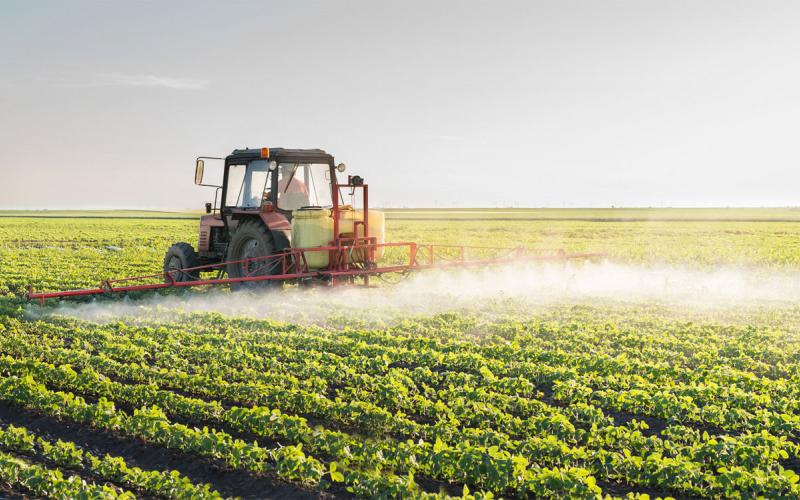
Current State of Row Crop Weed Management in South Dakota
Results of an online survey to determine how South Dakota stakeholders are currently managing row crop weeds.
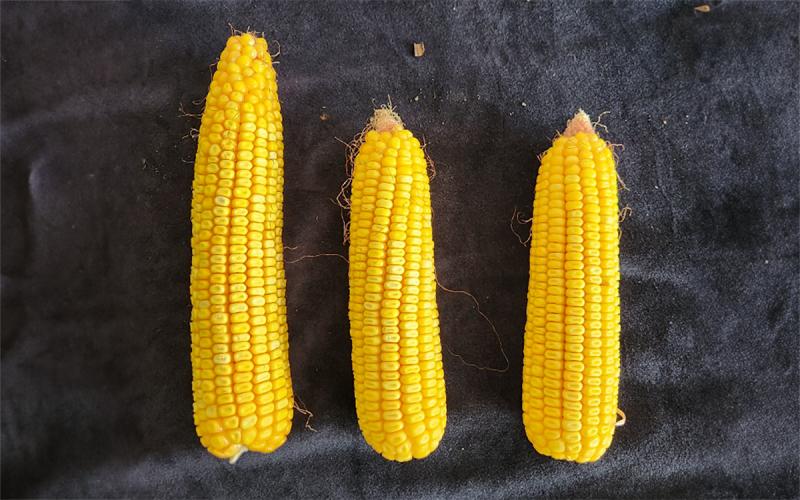
Another Revisitation of Using 2,4-D and Dicamba for Corn Weed Management: Application timing and rates matter
While doing some final weed control ratings this season, ears were pulled from plants in plots treated with 2,4-D, dicamba, and a standard Group 27 herbicide program pre-and-postemergence. Learn what impacts these herbicides had on the ear's size and appearance.
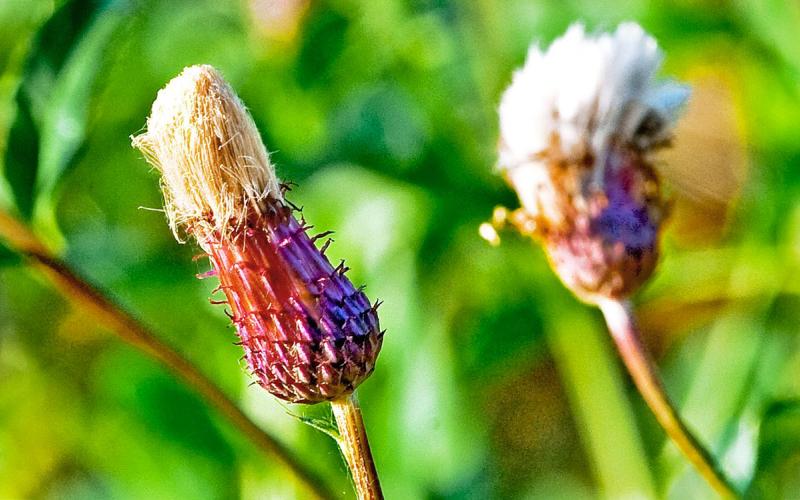
Perennial Weed Management in the Fall
Most herbicide applications to manage perennial weeds have already occurred. However, now is the time to consider fall applications for weeds that were not treated or escaped the spring application.
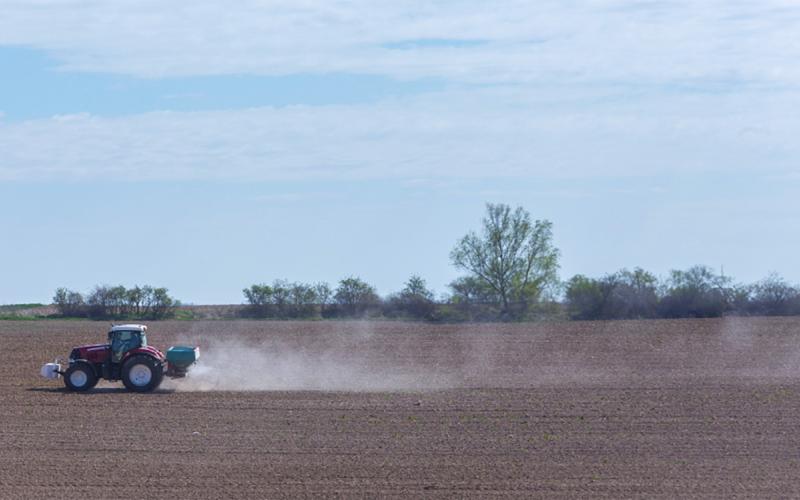
Fall-Applied Residual Herbicides
Many parts of South Dakota can experience dry conditions when residual herbicides are applied, resulting in inadequate weed control. In these areas, residual herbicides can be applied in the fall and take advantage of a longer period to receive activating precipitation.

Yellow Toadflax Has Not Flowered in Some Parts of South Dakota
Yellow toadflax is a difficult-to-manage weed that infests pastures and rangeland. In contrast with other weeds, yellow toadflax should be sprayed when flowers are present for more-effective management.
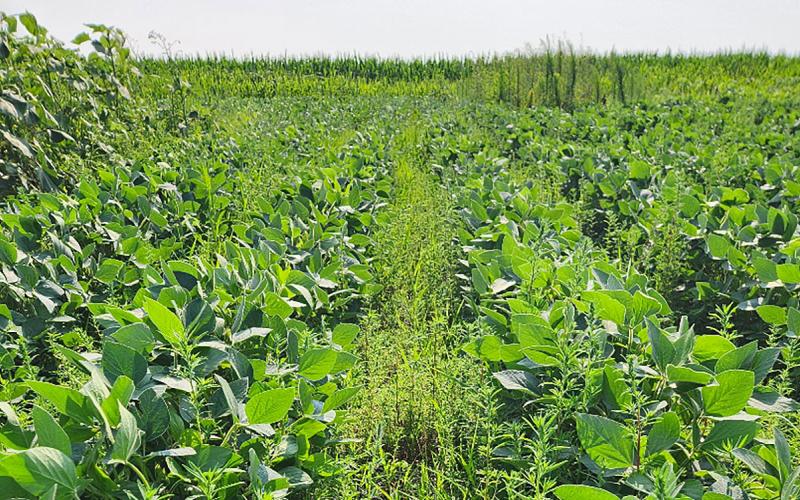
Cheap and Simple Soybean Herbicide Programs Do Not Pencil Out
While simple, one-herbicide programs are initially easy on the budget, it is important to consider indirect costs of surviving resistant weeds that reduce soybean yield and produce seed that will have to be managed later.
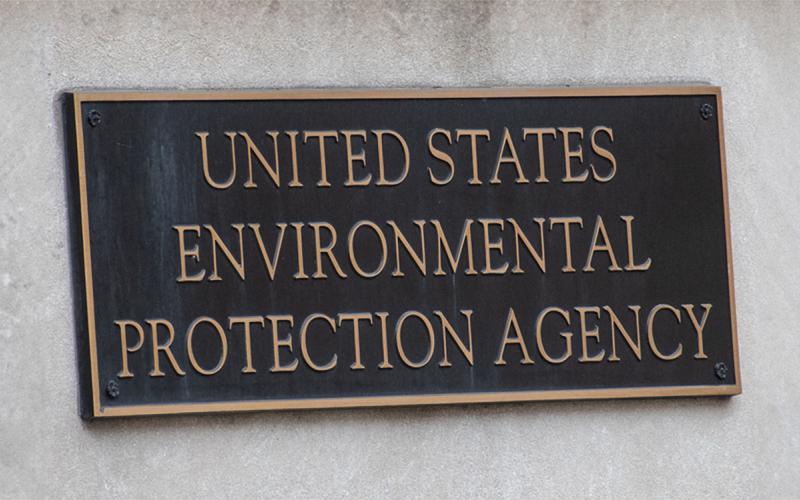
EPA Issues Emergency Order: Stop Using Dacthal
Following a review of data associated with the use of dimethyl tetrachloroterephthalate (sold under the most-common trade name, Dacthal), the EPA has issued an emergency order to stop using this active ingredient effective immediately.
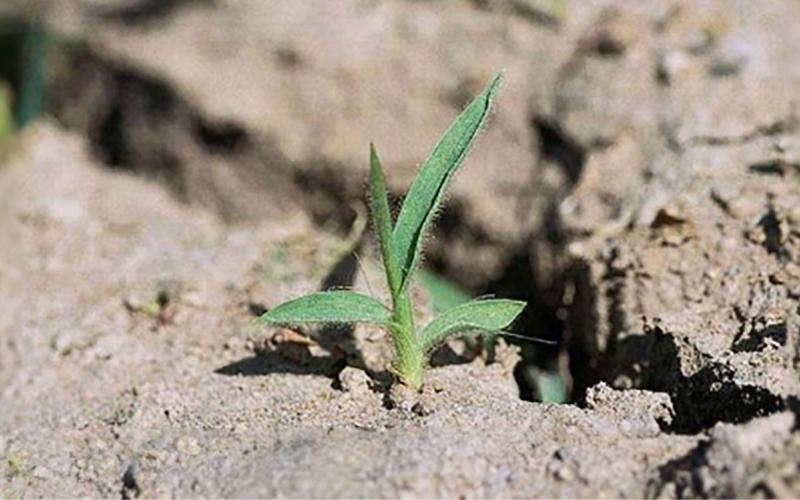
Woolly Cupgrass Management
Compared to other grassy weeds, woolly cupgrass is difficult to manage due to the large seed and tolerance to select herbicides. Proper identification will ensure proper selection of management tactics.
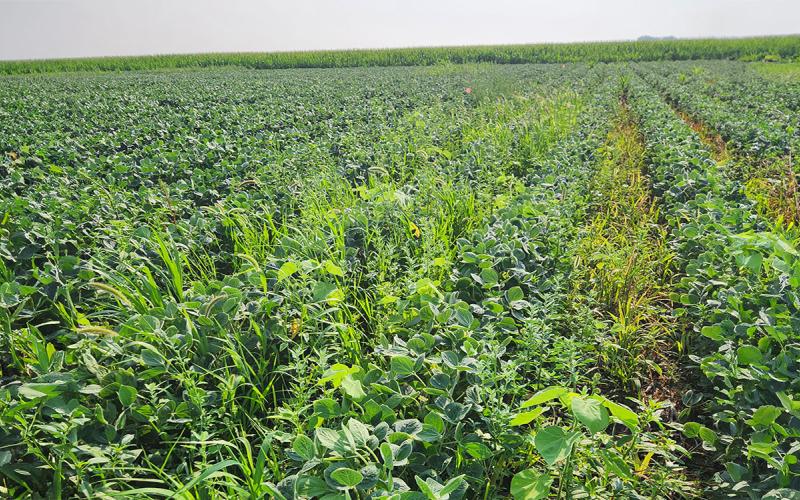
Weeds Are Starting to Flower: Management tactics to minimize seed production in soybean
Flowering weeds are an indication that seed production is about to occur, and viable seeds can soon be produced. Learn a variety of strategies to manage these weeds before they become a problem in your soybean fields.
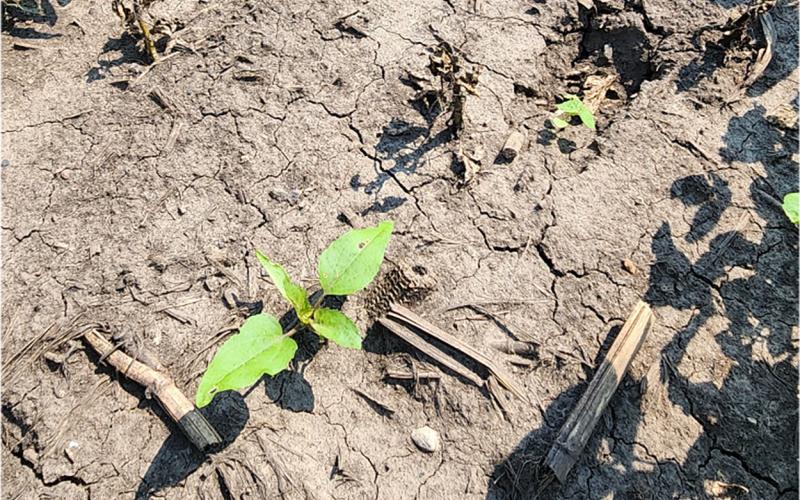
Excess Moisture and Heat Will Likely Increase Weed Growth and Germination
With warmer temperatures on the horizon, crop growth and development is set to rapidly increase, and so is weed growth and germination. Learn some expert tips for scouting and managing later-emerging weeds.